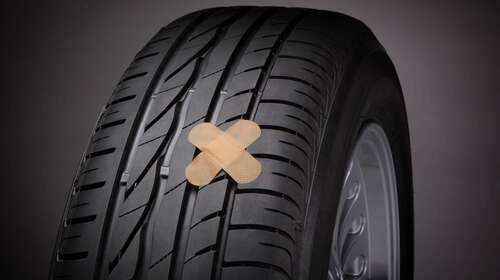
For a tire to be patched, the damage typically needs to be specific and relatively minor, like a puncture that is less than 0.25 inches in diameter, often caused by small, sharp objects. The breach must also be located in the tread area, the part of the tire that makes contact with the road. This form of auto care is not advisable for any holes or openings on the tire’s sidewall or shoulder, as these areas have a tendency to flex a lot, and the solution could very well not hold. Additionally, the tire can’t have a significant amount of wear, and the tread depth should be above the minimum legal limit. It must also be clear of significant damage, such as deep cuts or large gashes. Previous repairs in the same area are another concern, as they can undermine the tire’s integrity.
Certain types of tire issues are beyond the help of a patch and require the vehicle owner to buy new tires. These unfixable challenges, unfortunately, include any kind of puncture that is too big to be patched. Damage to the sidewall or shoulder is also irreparable. Any severe splits or breaks, especially those that expose the internal components like steel belts or fabric, cannot be safely repaired. Consumers should also be on the lookout for signs of severe wear, bulges, or blistering, as they are definitive indicators of structural compromise, and the tire must be replaced for safety reasons.

